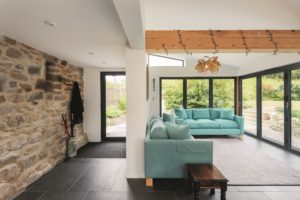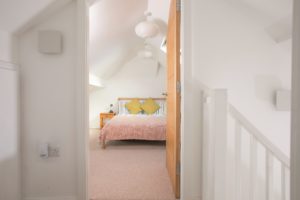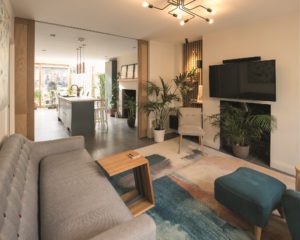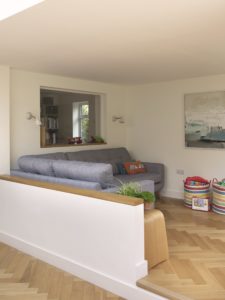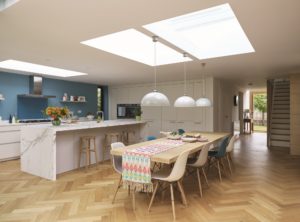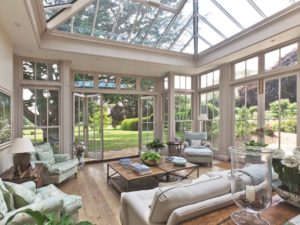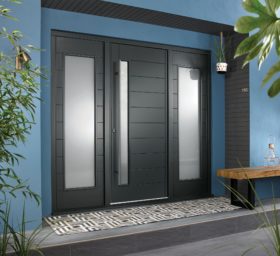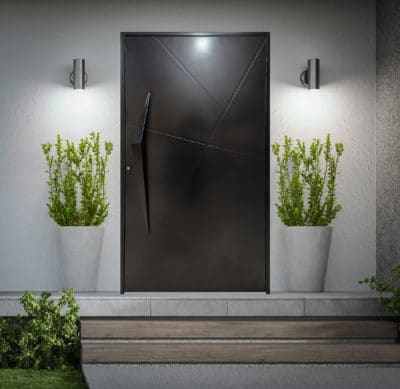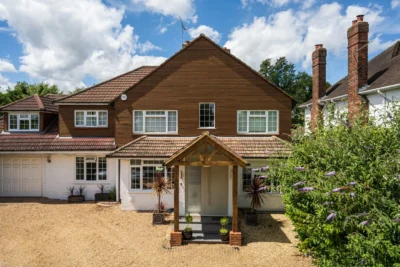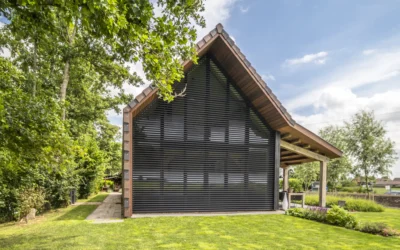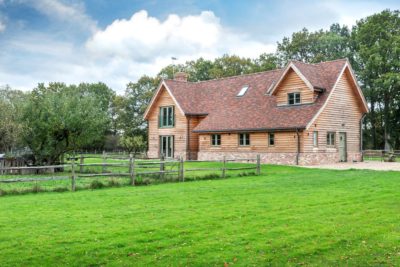Planning the Perfect Layout for Your Home Renovation
People take on major renovations for a variety of reasons. Perhaps they couldn’t find a site for a new build or maybe they have found a hidden gem with potential.
But unlike starting from scratch, success depends on the concessions that must be made to make the best use of an existing structure.
One client of mine who had just bought a listed building explained that instead of carrying out major alterations to the layout, he was going to adapt his own way of life to fit what was already there.
At the other end of the spectrum, it’s possible to remove virtually all the walls of a building and extend it to the point that it looks totally different.
However, this may not be a good thing if you obliterate features that were part of a property’s original appeal.
Renovation works versus the cost
Assuming that a building is structurally sound, some proposed alterations are so extreme that it is often cheaper to demolish and start again.
A good example of this is when I am asked to upgrade bungalows and add a first floor. In this case, it often makes more economic sense to forget the refurbishment and rebuild; especially if the renovation project would involve removing most of the ground floor walls and adding an extension. Not least because there is a 20% saving on VAT for new builds.
For a project to be cost effective, any changes to a house layout must try to preserve the existing structural walls wherever possible. A judgement has to be made about how far the existing building should be altered.
It is very hard not to be influenced by the existing layout, so a good way to start the replanning process is to prepare a list of ideal requirements, just as you would if you were starting from scratch.
This should include the rooms you want and their approximate sizes. At the same time, you need an accurate scaled drawing of the house before it is altered, ideally without labels describing the rooms.
Then you can put the two together and see how closely they can be matched up. The floor plans should not show walls that are non-structural because removing them is cheap and easy.
Sometimes renovators may choose to remove a supporting wall if doing so becomes the defining feature of the new layout (more on this overleaf).
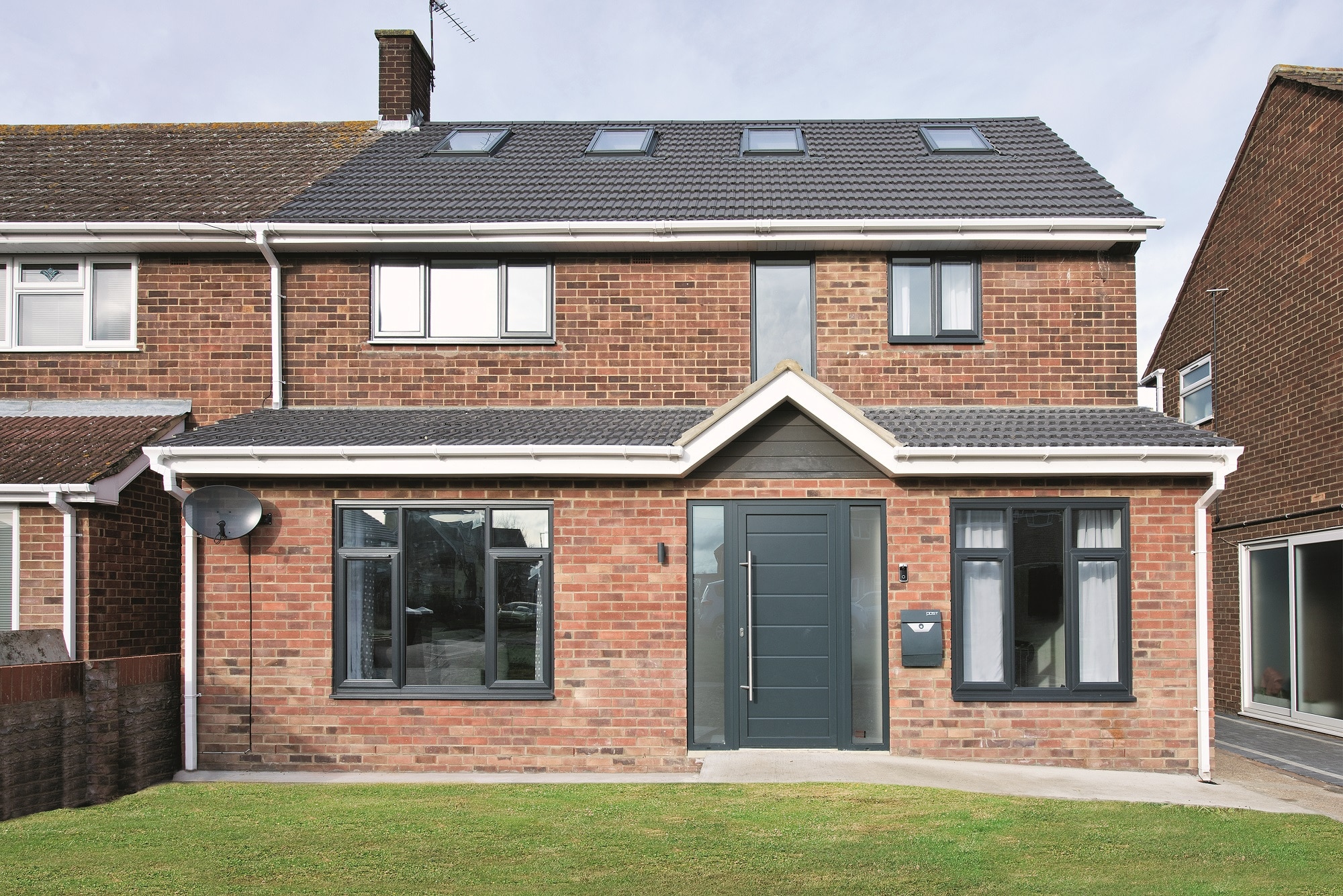
The Sesays have completely changed the layout of their 1960s home, including rebuilding the front entrance to create a modern and accessible design.
Renovating older houses
Properties built up to the 1980s were designed for a more formal lifestyle than contemporary homes.
The kitchens tend to be relatively small with a separate living and dining room. There is often one toilet on the first floor, usually separate from the bathroom.
This arrangement is rarely appropriate for modern life and upgrading these homes is a regular source of work for architects and builders.
Typically, the wall between the kitchen and dining room is removed and extended to form a large open-plan space combining several different uses.
Sometimes the living room is added as well, leaving a smaller snug or TV room on the ground floor to allow somewhere for an occasional bit of peace and quiet.
This trend is fuelled by people seeing each other’s houses and admiring the way they have been remodelled. Whilst open-plan living looks great to a visitor, it does not suit everyone.
This layout allows young children to be supervised whilst you get on with other tasks such as cooking, but is less practical once the kids have grown up and start doing homework.
Noise and distraction can be a problem for some, particularly when the hard floor tiles and plastered painted walls cause the sound of the television and washing machine to reverberate around the room.
So if you are planning to live in the house for many years and raise a family there, you may wish to include a separate space on the ground floor for studying or create larger bedrooms which will accommodate a desk and computer.
Another common requirement when renovating older houses is that the main wall across the back of the house has to be removed at ground floor level, along with the dividing wall between the two rear spaces.
This can be an expensive decision because the steel beams needed are often quite large and heavy. If parts of these two walls can be retained, or a strategically placed column installed, the extra support can halve the spans needed for the joists, making it an easier and cheaper job for your builder.
Removing Load Bearing WallsJust because a wall is holding up something above it, doesn’t mean it can’t be taken down – but removing it won’t be as straightforward as for a non-structural one. The level above will need to be temporarily supported before any works commence, probably with acrow props, otherwise you risk the building collapsing. A brand new permanent support will be needed to spread the load of the absent wall; a steel beam is a common solution, but there are alternatives. You might also need to install additional supports at either end of the new beam. A building inspector will check that the support accords with the calculations before it can be finished with fire board (which is needed for Building Regs), plastered and painted. Besides the time it will take to get the structural engineer in and calculations drawn up, you can expect the job to be completed within a week. Once finished, it will need to be signed off by the building inspector who will issue a building approval certificate – keep hold of this as it will be important if you sell the property in the future. |
Glass additions to your home
Conservatories are a great addition to a home, but they can also be a high-risk feature. In fact, a lot of them end up being demolished because they have been so badly built or poorly positioned.
A glazed room is a pleasant place for relaxation if you want to cultivate certain plants, such as vines or oranges, or locate it so that it is not facing due south and has some shade.
But if it is on a wall exposed to the full blast of the summer sun it could overheat to a level that is intolerable. If it opens out onto the kitchen there will be problems with condensation and excessive heating bills when the glass gets cold in winter.
Read more: How to Plan a Renovation Schedule
Creating an entrance
One of the most crucial decisions you will make when renovating is whether to alter the hallway and staircase. This is important because these are the spaces that set the tone of a house for visitors when they first enter the building.
The entrance to a standard suburban home can be improved simply by adding a porch to provide extra space for coats and boots. However, older properties can present more of a challenge, especially those which were relatively humble when they were built.
For instance, it can be hard to upgrade the classic two up, two down houses of the first part of the 20th century, or the older workmen’s cottages which have a door straight into a front room with a staircase in the centre of the house.
These types of layouts can be updated by adding a new corridor, relocating the staircase, or removing some walls to open out the central core to a living space.
But where it is possible, moving the main point of access into the house can be the best way to transform the layout; especially if some new windows can be added to allow daylight into the centre of the building.
Features of the Existing House That Could Affect the New Layout
|
Adding bedrooms
It is important to decide on the number of bedrooms at the start of the project. Most families prefer that everyone has their own room with at least one double, even if it means they are all small. Larger existing rooms can be split in two and with skillful planning it is possible to fit a high bed, desk and wardrobe into compact spaces.
Likewise, efficiently planned bathrooms can be relatively compact and ensuites can often be carved out of a single bedroom.
Sometimes an extra few square metres can be added to the smallest room by switching it with an over-generous bathroom.
It is not essential for bathrooms to have an operable window, so relocating them to the centre of the house will share out the better views and daylight with the bedrooms.
One very popular and often cost effective idea is an attic conversion, although these aren’t always as cheap as many people expect. The crucial factor for success is how much height there is below the main ridge of the roof.
Provided there is around 2.5m, it is usually possible to make good use of the space. Apart from this, the new staircase has to fit comfortably into the first floor.
Problems arise if the stair is too cramped or the existing bedrooms are shrunk down too much to fit around it.
The worst examples are where the access up into the loft has used up so much space that there is hardly room for a bed let alone space to get into it without bumping your head.
































































































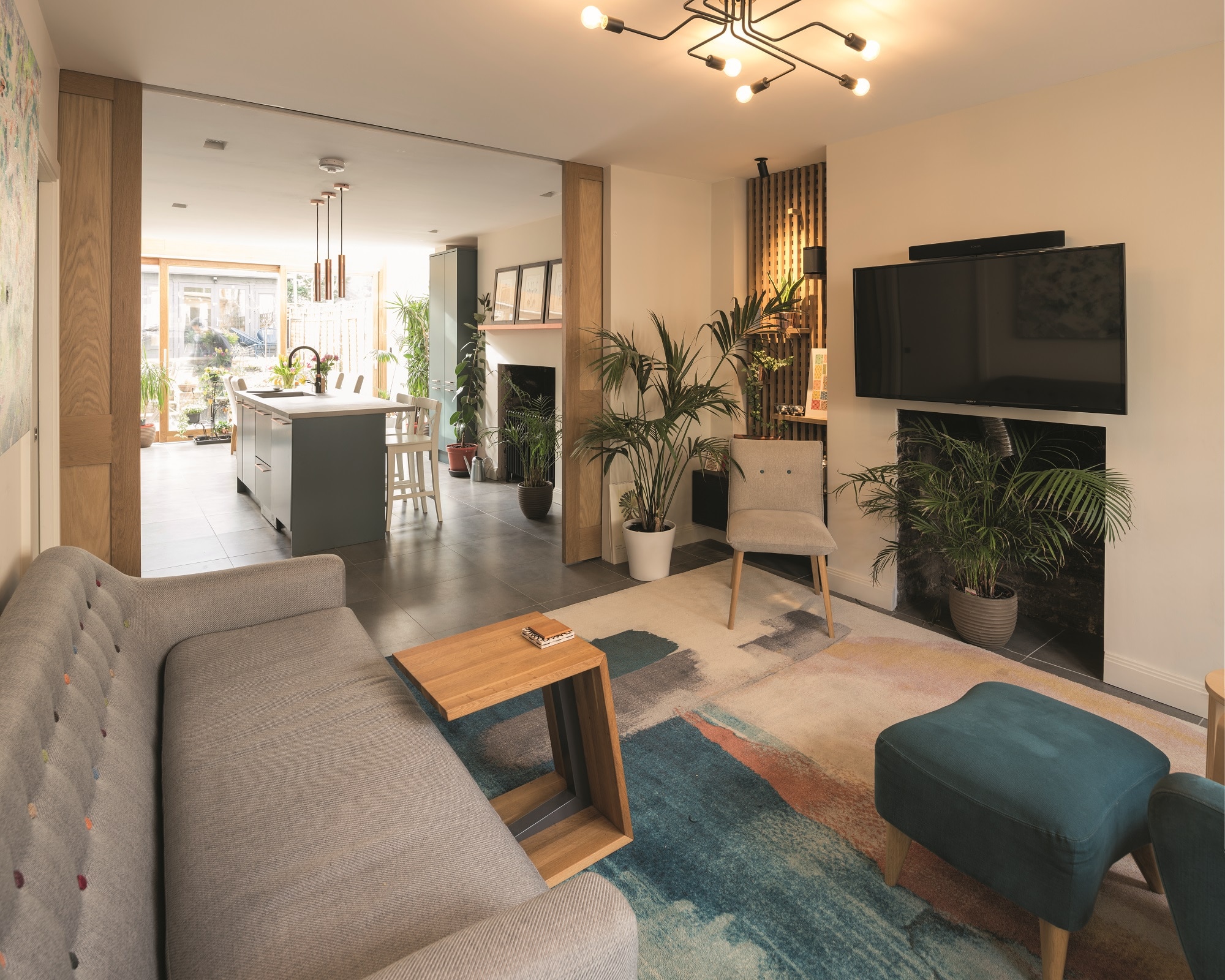
 Login/register to save Article for later
Login/register to save Article for later

